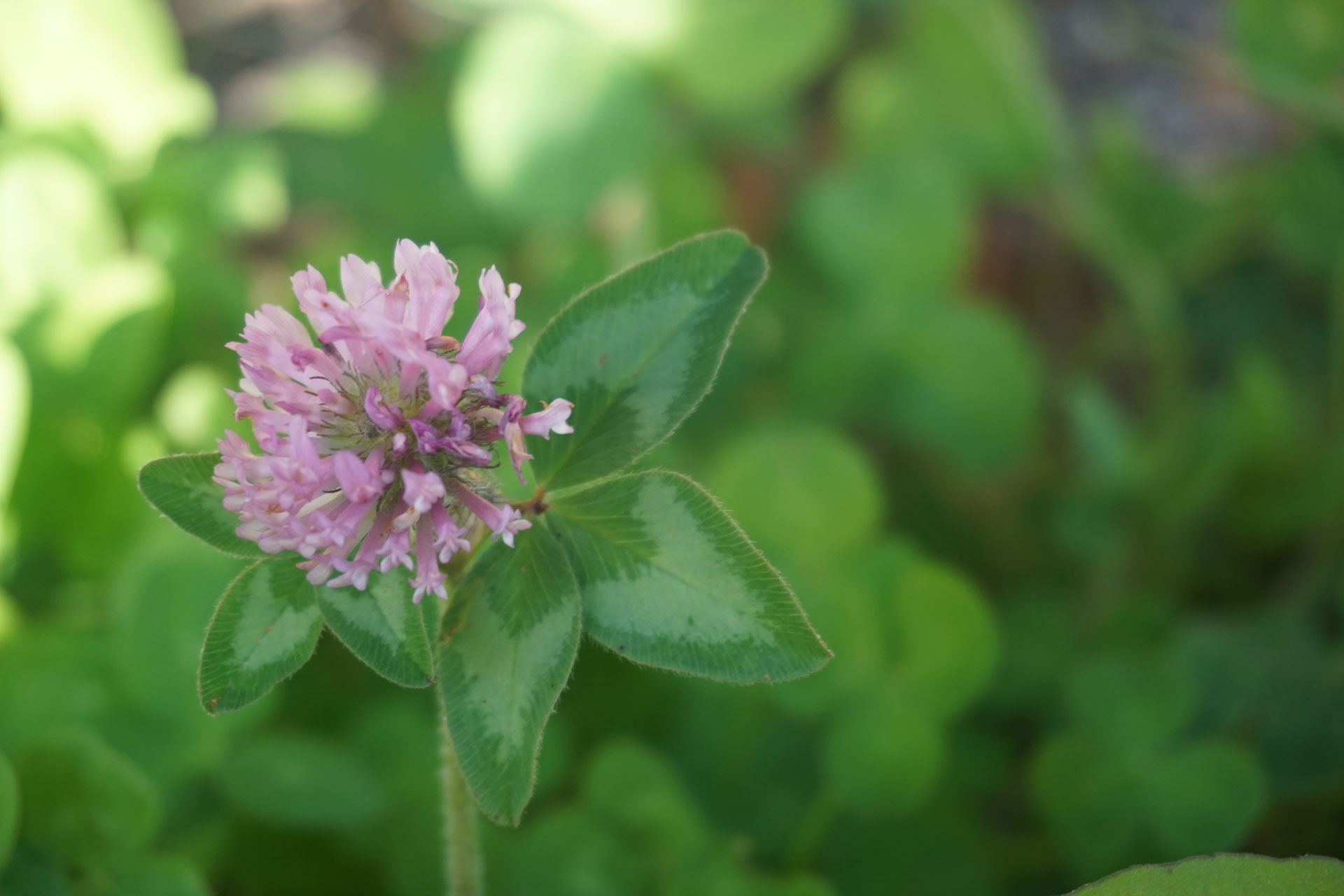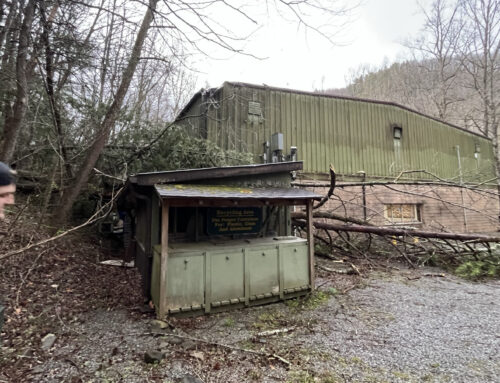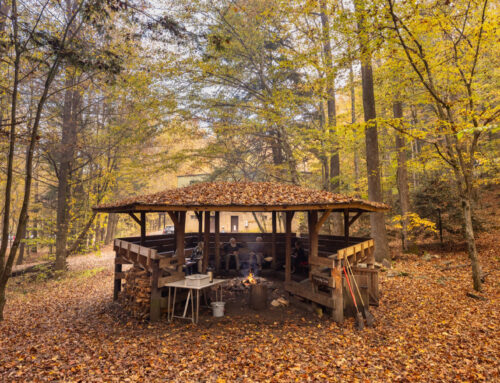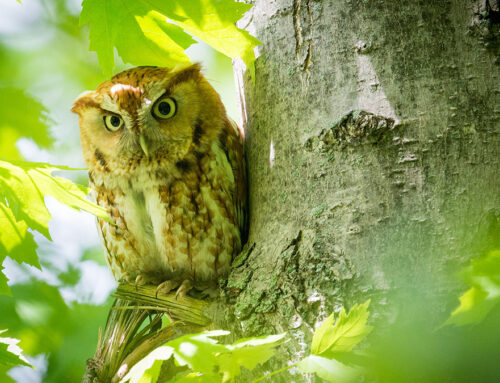Written by Scott Maas. Photography by Scott Maas.
At Tremont Institute we teach participants how to observe closely and pay attention to the world around them. We often utilize tools like a nature journal to help focus observations and guide questions. Photographers have to utilize the same skills when looking for the perfect shot.
Take a look at the photo below of a red clover, which can be found along roadways or even in your front yard.

As a photographer you want to draw the viewer in to something you thought was interesting. Use observation to find the details that make the shot unique, such as the contrast of the colors on the leaf, the light reflecting on the hairs of the plant (trichomes), or the distinct shape of the clover used to attract pollinators to the flower.
Another skill necessary for a naturalist is the ability to uncover the story, to make predictions about what is causing different natural phenomena to happen. Take a look at this photo, and let’s try to tell the story.

What do you notice when you look at this yellow trillium? It has some holes in certain parts, but other leaves all around the trillium have no holes. As I continued walking, I noticed only this trillium had these holes. My initial thought was that a caterpillar ate the leaves for all of the nutrients. But why only this trillium? Continue asking questions as you try to uncover the story.
Photography can be a great tool to help you discover and connect to the world around you. As you capture the world through your camera lens, you are on your way to becoming a better naturalist.






